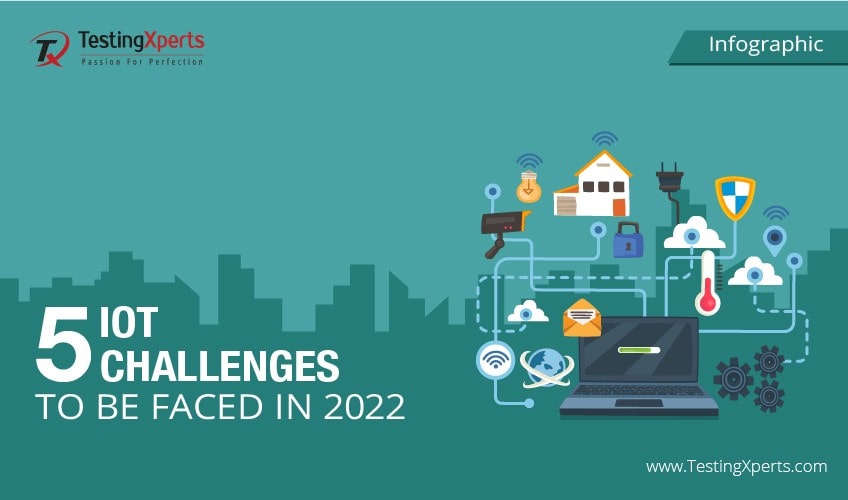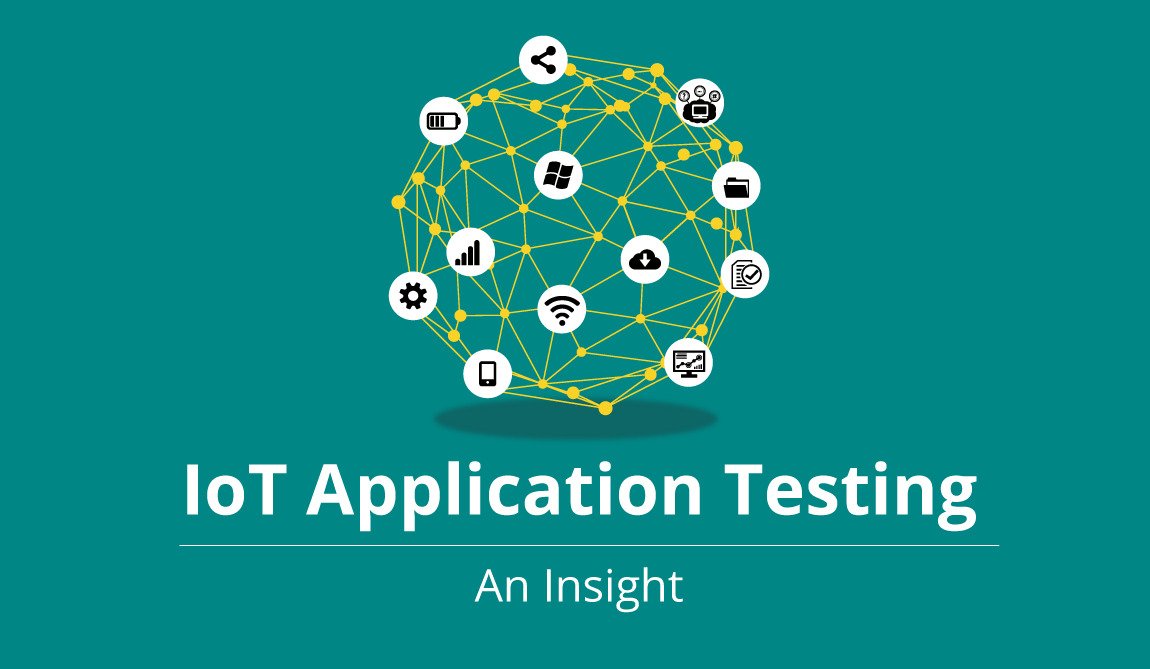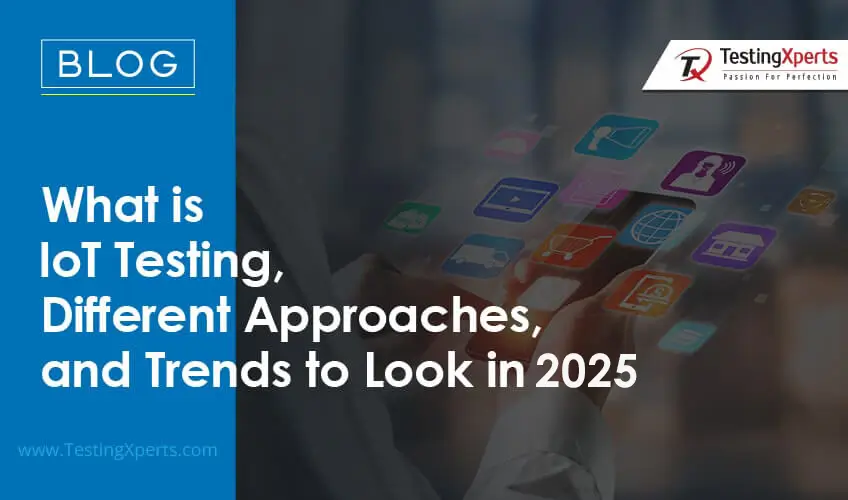
- What does IoT mean?
- What are IoT devices?
- What is IoT Testing?
- Different IoT testing approaches to be followed
- What are the latest IoT Testing trends
- Conclusion
What does IoT mean?
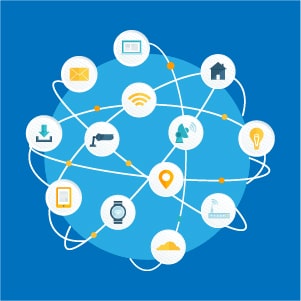
IoT which stands for Internet of Things (IoT) which is an elaborate term best described as the network of physical objects named as ‘Things’ that are connected with sensors, software, and other technologies. IoT connects and exchanges data with other devices and sensors broadly over the internet. This interconnection of things transfers data over a network without requiring any human-to-human or human-to-computer interaction.
In a broader way, the IoT meaning can also be defined as a system of interrelated computing devices that are provided with a set of identifiers and can securely transfer data over a network through the IoT devices.
What are IoT devices?
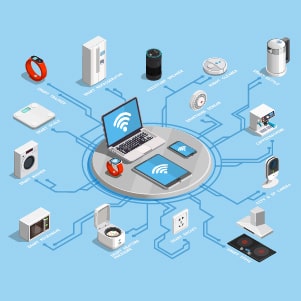
Specifically, the IoT devices are a piece of hardware devices with sensors that typically transfer data over the internet and these units can be embedded into mobile devices, small industrial equipment, medical devices, and many more.
These IoT devices are useful also across businesses such as for transmitting environmental data, delivering patient’s information and medical records, and broadcasting insights into logistics transportation details, etc. These are used in smart wearables, smart home devices, smart cities, smart supply chain management, and more.
IoT technology-enabled enterprises to build smart and connected applications to support multiple aspects of customer services.
Primarily, these IoT devices have made human lives easier by delivering better experience with the click of a button. These are used in smart home devices and it is helping to improve the patient’s health & safety with heightened surveillance, monitoring, detection which necessarily brings an improvement and ease of living.
These IoT empowered devices report to the web in a dual-enabled mode to transmit particular data to backend systems whenever required. Hence, these devices report real-time data and helps users to make quick and informed decisions.
Critically, there is a lot impact of these IoT devices across different industry verticals and for successful working of all these highly interconnected IoT devices, effective IoT testing is critical to ensure their flawless functioning. Hence, in order to ensure that your IoT apps and devices truly deliver real-time information, it is essential to adopt and leverage end-to-end software testing of these IoT interconnected devices.
What is IoT Testing?
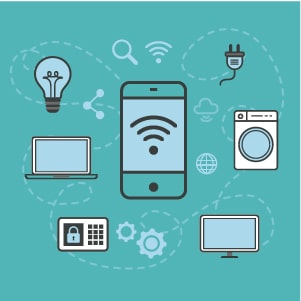
This method of IoT testing involves the end-to-end testing of the IoT ecosystem and it ensures the importance of multistage validation. It is essential to test the combination of these IoT devices, phones and apps. This testing process specifically requires real-world IoT testing that is critical for any connected products success.
With today’s enterprises increasing need to deliver faster and quicker smart products across business verticals, these IoT devices have a huge demand to access, create and share data form one device to another. This necessitates the proper transfer of information between IoT devices to deliver great customer experience and ease of usage of information which definitely demands that these devices should be tested with different IoT testing approaches to ensure they deliver seamless performance.
Different IoT testing approaches to be followed
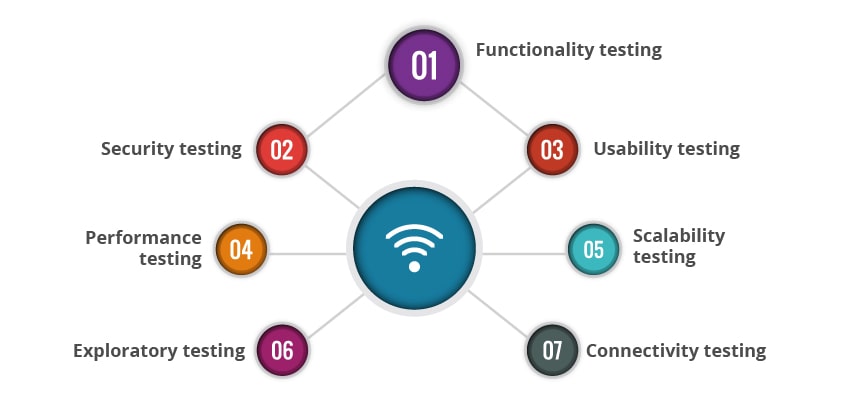
Functionality testing:
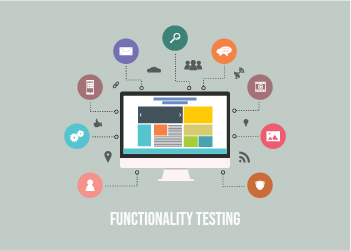
Security testing:
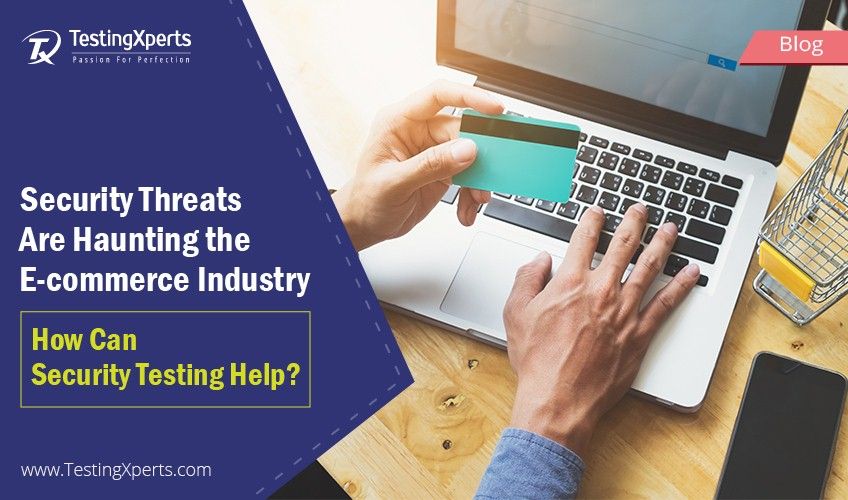
Usability testing:

Performance testing:
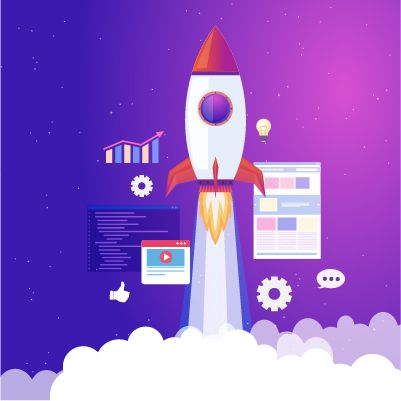
Therefore, performance testing should be done for the IoT application, networks and also for the backend connections involved within these IoT apps. Thus, it is also preferred to run these performance tests with various types of networks and data streams to achieve great IoT app performance results.
Scalability testing:
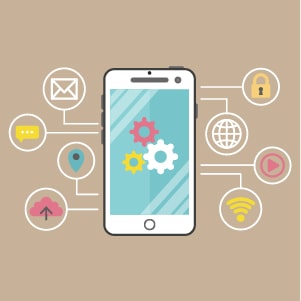
Exploratory testing:
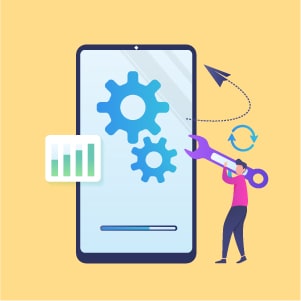
Connectivity testing:
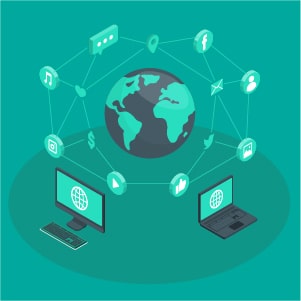
This process of connectivity testing primarily checks the device and application behavior while the network is subjected through a load, or with intermittent failures, or also checked for their performance when there has been a loss of connectivity. These real-time scenarios build robustness of these IoT devices and their underlying platforms as a whole to ensure these IoT apps are checked for various connectivity issues to ensure they perform well.
What are the Latest IoT Testing Trends to Look for in 2025

Blockchain for IoT Security:
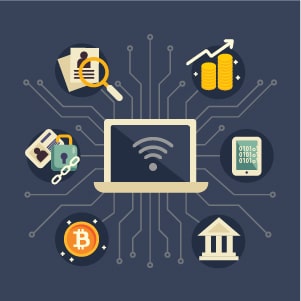
Edge Computing:

AI & ML for Data Analytics:
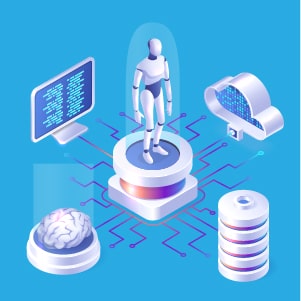
Software-as-a-Service to dominate:
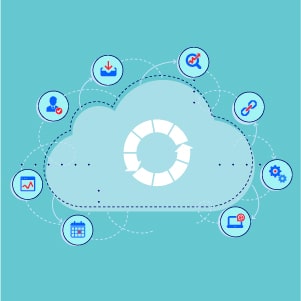
As SaaS is a service model on dominance today, it becomes easy for outsourcing of applications as it makes the desired application to be available to customers for use over the internet. Thus, IoT apps with SaaS model is likely to dominate and make people’s lives easier.
Conclusion
Today, it can be stated undoubtedly that IoT solutions are widely used as they continue to make human lives easier. These IoT solutions are complex and challenging due to the multiple components involved and various interactions being carried over the internet between them.
Hence, it is essential for IoT applications to be end-to-end tested with different types of IoT testing for these devices to perform well and deliver seamless user experience. Enterprises or businesses should leverage the help of an expert IoT testing services provider to ensure competitive IoT solutions.
Recommended Reading Blogs
1. 75+ Software Testing tools list you must know
2. What is the Significance of Regression Testing in the Agile?
3. Why Should Businesses Focus on Mobile Automation Testing?
4. Types of Software Testing You Should Know
5. Growing Prominence of Website Accessibility in Recent Times
6. Automation Testing Tutorial For Beginner’s
7. How to do UAT Testing?
Related Queries on IOT (Internet of things)
Q1. What is the use of IoT?
Ans. IoT testing involves the end-to-end testing of the IoT ecosystem and it ensures the importance of multistage validation. It is essential to test the combination of these IoT devices, phones and apps.
Q2. What is IoT technology?
Ans. IoT which stands for Internet of Things (IoT) which is an elaborate term best described as the network of physical objects named as ‘Things’ that are connected with sensors, software, and other technologies.
Q3. What devices use IoT?
Ans. These are used in smart wearables, smart home devices, smart cities, smart supply chain management, and more.
Q4. What is the future of IoT?
Ans. With today’s enterprises increasing need to deliver faster and quicker smart products across business verticals, these IoT devices have a huge demand to access, create and share data form one device to another.
Discover more
Get in Touch
Stay Updated
Subscribe for more info


